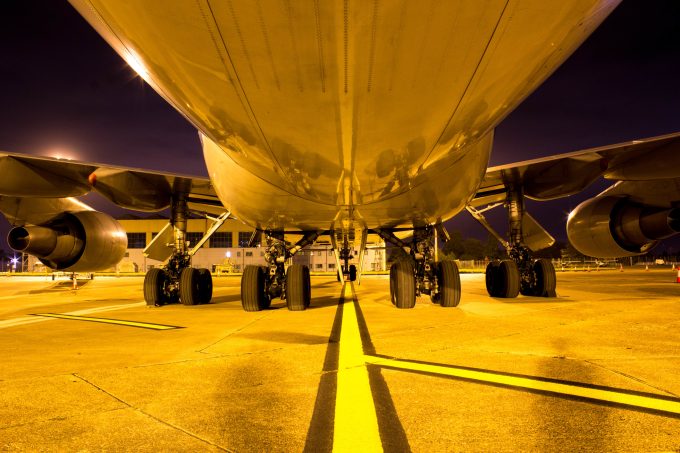Race to get goods out of Asia to the US by air as July deadlines loom
Demand may have plummeted on ocean transpacific lanes, but there is still just about time ...

Air cargo growth has flatlined. And there is uncertainty in the market over what will happen when the US and Chinese trade tariffs start to bite.
But memories of the extremely strong peak last year are still fresh, and concerns over capacity in the second half ...


Comment on this article